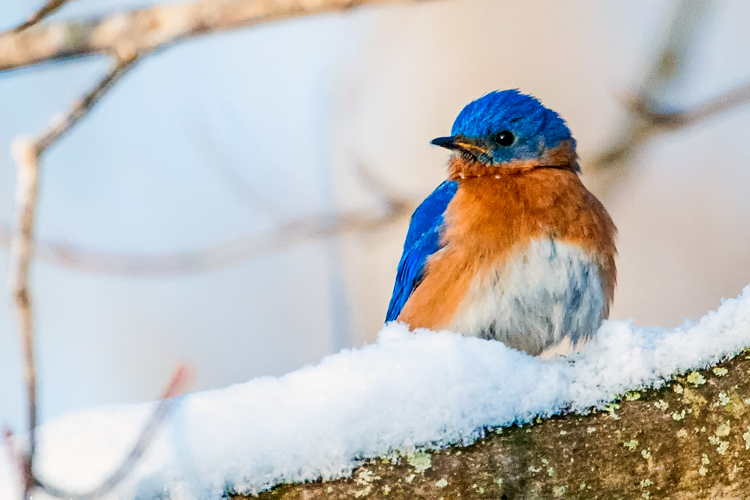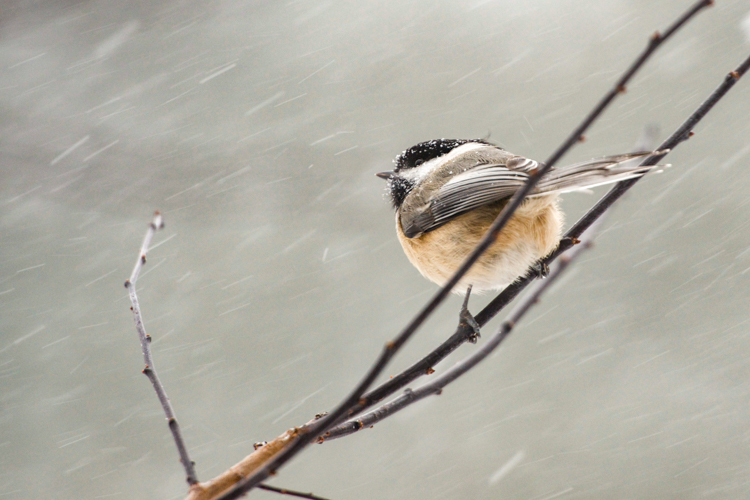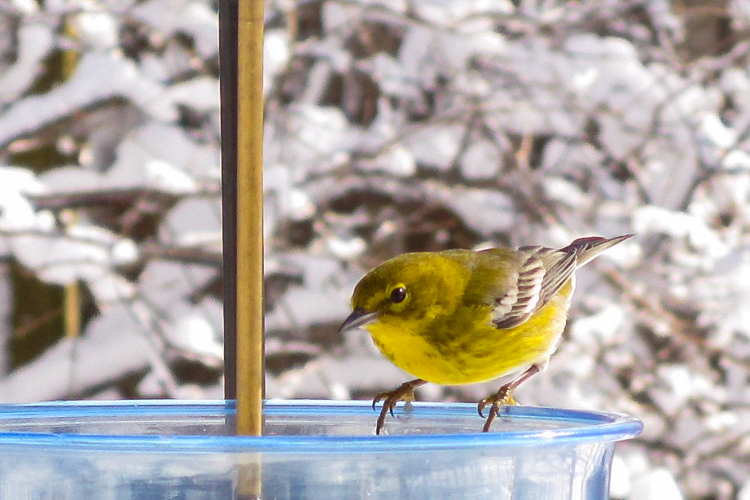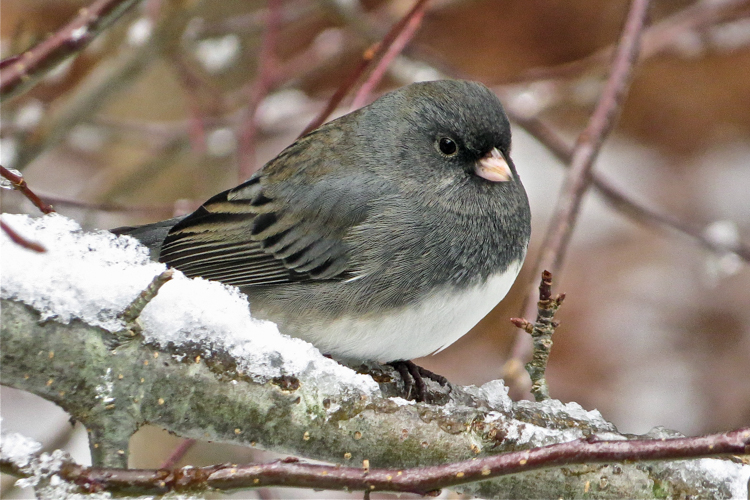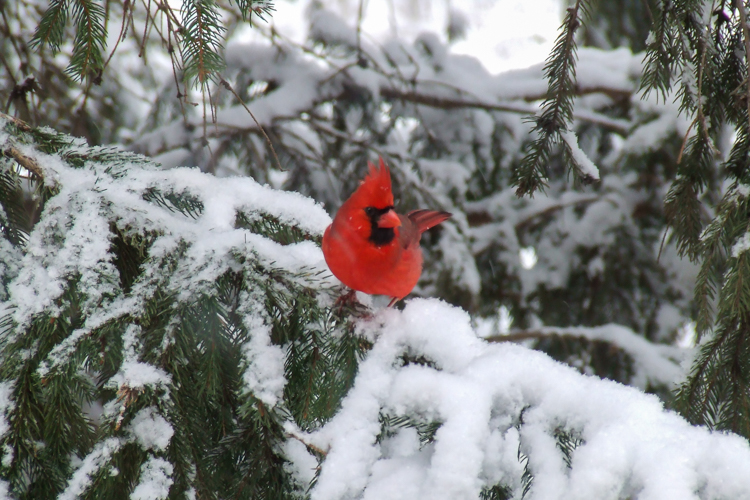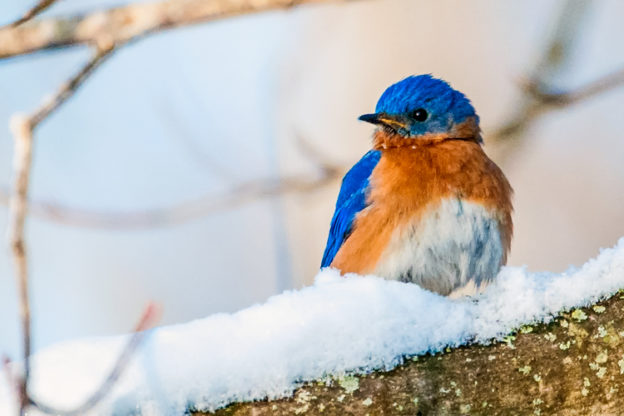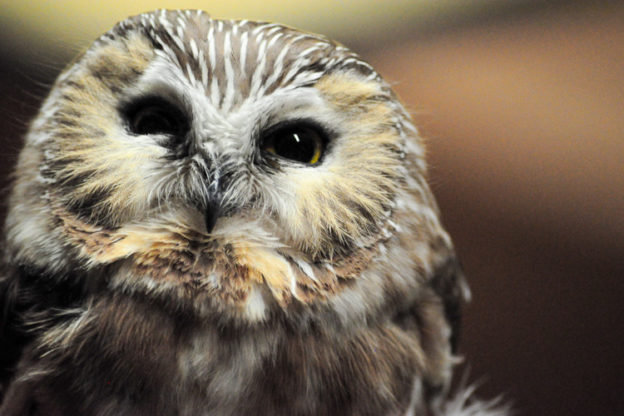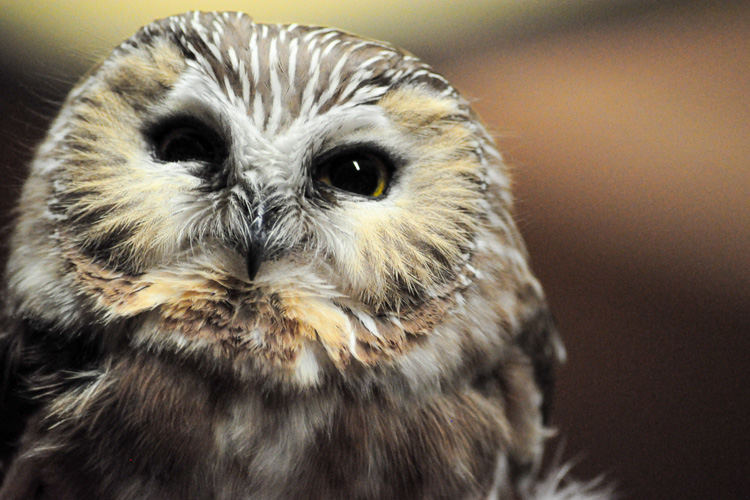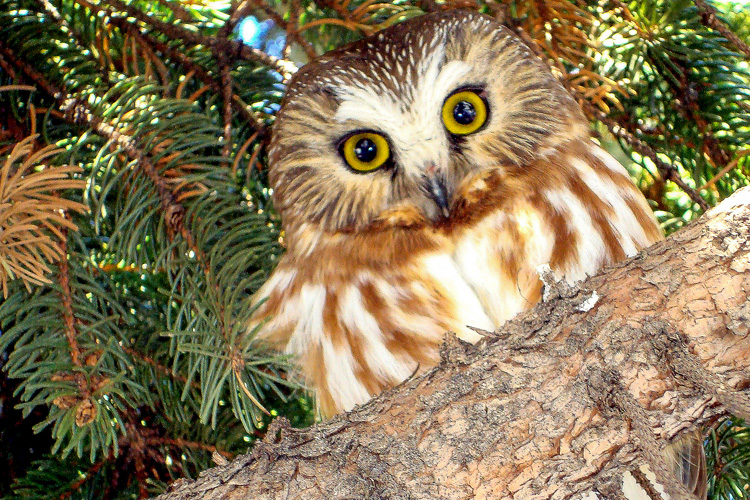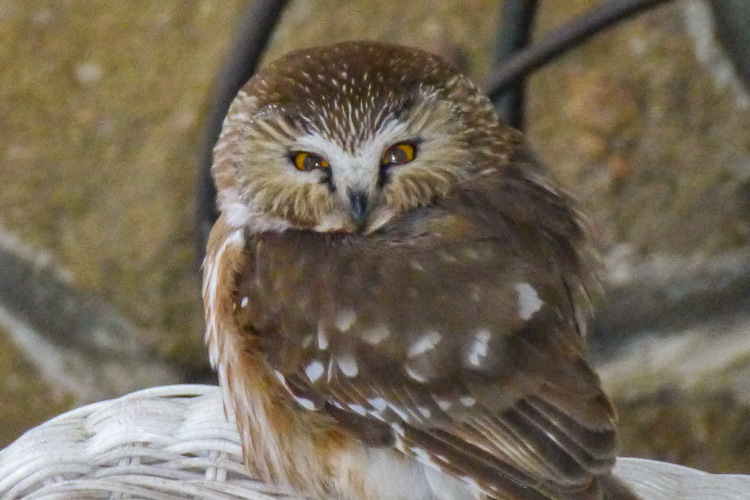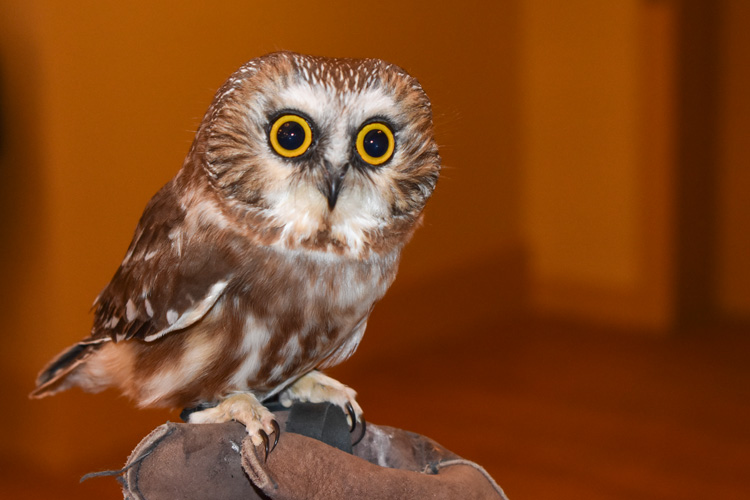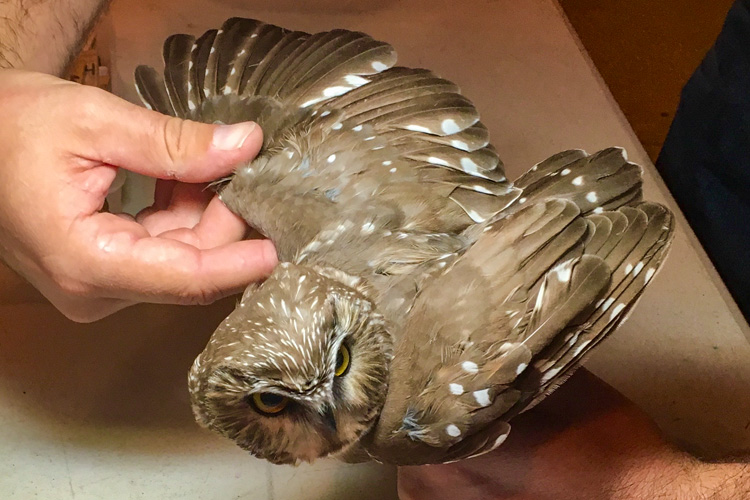Well, it’s official: the first snow of the season has fallen on parts of Massachusetts, and while the human residents have a range of reactions (joy, frustration, excitement, disgust, and even denial, depending on your opinion of October snowfall), our native birds, too, have a variety of ways to cope with stormy weather.
Birds that typically roost or take refuge in shelters of some kind will do so, either in natural cavities or nest boxes, sometimes huddling together to share heat. Perching birds will perch as close to tree trunks on the leeward side (sheltered from the wind) as possible, taking advantage of the natural grasping reflex in their feet to stay put, even as they sleep (possibly even entering a state of torpor, or lowered metabolism and body temperature, to conserve energy). Herons and other wading birds will find what shelter they can in low vegetation, while some ducks and other swimming birds will actually ride out the storm on open water, tucking in their extremities for warmth.
To commemorate the first snowfall of the season, here are five “songbirds in the snow” from our annual Picture This: Your Great Outdoors photo contest.
